Visualizations Showcase
League of Legends World Championship 2019
League of Legends World Championship 2019
Preamble
import numpy as np # for multi-dimensional containers
import pandas as pd # for DataFrames
import itertools
from plotapi import Chord
Introduction
In previous sections, we visualised co-occurrences of Pokémon type. Whilst it was interesting to look at, the dataset only contained Pokémon from the first six geerations. In this section, we're going to use the Pokemon with stats Generation 8 dataset to visualise the co-occurrence of Pokémon types from generations one to eight.
The Dataset
The dataset documentation states that we can expect 13 variables per each of the 1017 Pokémon of the first eight generations.
Let's download the mirrored dataset and have a look for ourselves.
data_url = 'https://datacrayon.com/datasets/lol/wc_matches.csv'
data = pd.read_csv(data_url)
data['date'] = pd.to_datetime(data['date'])
data.head()
| Unnamed: 0 | team1 | team2 | winner | date | pbp_caster | color_caster | mvp | blue | red | |
|---|---|---|---|---|---|---|---|---|---|---|
| 0 | 0 | Fnatic | SK Telecom T1 | SK Telecom T1 | 2019-10-12 12:00:00 | Atlus | Froskurinn, Kobe | Faker | Fnatic | SK Telecom T1 |
| 1 | 1 | Royal Never Give Up | Clutch Gaming | Royal Never Give Up | 2019-10-12 13:00:00 | Atlus | Froskurinn, Kobe | Langx | Royal Never Give Up | Clutch Gaming |
| 2 | 2 | Invictus Gaming | ahq eSports Club | Invictus Gaming | 2019-10-12 14:00:00 | Atlus | Froskurinn, Kobe | Rookie | Invictus Gaming | ahq eSports Club |
| 3 | 3 | DAMWON Gaming | Team Liquid | Team Liquid | 2019-10-12 15:00:00 | Phreak | Azael, Spawn | Impact | DAMWON Gaming | Team Liquid |
| 4 | 4 | J Team | FunPlus Phoenix | J Team | 2019-10-12 16:00:00 | Phreak | Azael, Spawn | FoFo | J Team | FunPlus Phoenix |
It looks good so far, but let's confirm the 13 variables against 1017 samples from the documentation.
data.shape
(81, 10)
Perfect, that's exactly what we were expecting.
Data Wrangling
We need to do a bit of data wrangling before we can visualise our data. We can see from the columns names that the Pokémon types are split between the columns Type 1 and Type 2.
pd.DataFrame(data.columns.values.tolist())
| 0 | |
|---|---|
| 0 | Unnamed: 0 |
| 1 | team1 |
| 2 | team2 |
| 3 | winner |
| 4 | date |
| 5 | pbp_caster |
| 6 | color_caster |
| 7 | mvp |
| 8 | blue |
| 9 | red |
So let's select just these two columns and work with a list containing only them as we move forward.
types = pd.DataFrame(data[['team1', 'team2']].values)
types
| 0 | 1 | |
|---|---|---|
| 0 | Fnatic | SK Telecom T1 |
| 1 | Royal Never Give Up | Clutch Gaming |
| 2 | Invictus Gaming | ahq eSports Club |
| 3 | DAMWON Gaming | Team Liquid |
| 4 | J Team | FunPlus Phoenix |
| ... | ... | ... |
| 76 | Flamengo eSports | Royal Youth |
| 77 | DAMWON Gaming | Lowkey Esports |
| 78 | Clutch Gaming | Royal Youth |
| 79 | Hong Kong Attitude | Isurus |
| 80 | Splyce | Unicorns Of Love |
81 rows × 2 columns
Without further investigation, we can see that we have at least a few NaN values in the table above. We are only interested in co-occurrence of types, so we can remove all samples which contain a NaN value.
types = types.dropna()
We can also see an instance where the type Fighting at index \n. We'll strip all these out before continuing.
types = types.replace('\n','', regex=True)
types
| 0 | 1 | |
|---|---|---|
| 0 | Fnatic | SK Telecom T1 |
| 1 | Royal Never Give Up | Clutch Gaming |
| 2 | Invictus Gaming | ahq eSports Club |
| 3 | DAMWON Gaming | Team Liquid |
| 4 | J Team | FunPlus Phoenix |
| ... | ... | ... |
| 76 | Flamengo eSports | Royal Youth |
| 77 | DAMWON Gaming | Lowkey Esports |
| 78 | Clutch Gaming | Royal Youth |
| 79 | Hong Kong Attitude | Isurus |
| 80 | Splyce | Unicorns Of Love |
81 rows × 2 columns
Our chord diagram will need two inputs: the co-occurrence matrix, and a list of names to label the segments.
First we'll populate our list of type names by looking for the unique ones.
names = np.unique(types).tolist()
pd.DataFrame(names)
| 0 | |
|---|---|
| 0 | Cloud9 |
| 1 | Clutch Gaming |
| 2 | DAMWON Gaming |
| 3 | DetonatioN FocusMe |
| 4 | Flamengo eSports |
| 5 | Fnatic |
| 6 | FunPlus Phoenix |
| 7 | G2 Esports |
| 8 | GAM Esports |
| 9 | Griffin |
| 10 | Hong Kong Attitude |
| 11 | Invictus Gaming |
| 12 | Isurus |
| 13 | J Team |
| 14 | Lowkey Esports |
| 15 | MAMMOTH |
| 16 | MEGA |
| 17 | Royal Never Give Up |
| 18 | Royal Youth |
| 19 | SK Telecom T1 |
| 20 | Splyce |
| 21 | Team Liquid |
| 22 | Unicorns Of Love |
| 23 | ahq eSports Club |
Now we can create our empty co-occurrence matrix using these type names for the row and column indeces.
We can populate a co-occurrence matrix with the following approach. We'll start by creating a list with every type pairing in its original and reversed form.
Which we can now use to create the matrix.
matrix = pd.DataFrame(0, index=names, columns=names)
details = pd.DataFrame([], index=names, columns=names).astype('object')
for index, x in details.iterrows():
for k in details.columns.values:
x[k] = []
for index, x in data.iterrows():
if(x['winner'] == x['team1']):
matrix.at[x['team1'], x['team2']] += 1
temp = details.at[x['team1'], x['team2']]
if(x['team1'] == x['blue']):
color = '#00bbf9'
else:
color = '#fe5f55'
temp.append(f"{x['date'].strftime('%b-%d %H:%M')} <span style='color:{color}!important; font-style: normal;'>⬤</span> {x['team1']} 🥇 {x['mvp']}")
details.at[x['team1'], x['team2']] = temp
else:
matrix.at[x['team2'], x['team1']] += 1
temp = details.at[x['team2'], x['team1']]
if(x['team2'] == x['blue']):
color = '#00bbf9'
else:
color = '#fe5f55'
temp.append(f"{x['date'].strftime('%b-%d %H:%M')} <span style='color:{color}!important; font-style: normal;'>⬤</span> {x['team2']} 🥇 {x['mvp']}")
matrix = matrix.values.tolist()
details = pd.DataFrame(details)
We can list DataFrame for better presentation.
x['blue']
'Unicorns Of Love'
Chord Diagram
Time to visualise the co-occurrence of types using a chord diagram. We are going to use a list of custom colours that represent the types.
colors = ["#A6B91A", "#705746", "#6F35FC", "#F7D02C", "#D685AD",
"#C22E28", "#EE8130", "#A98FF3", "#735797", "#7AC74C",
"#E2BF65", "#96D9D6", "#A8A77A", "#A33EA1", "#F95587",
"#B6A136", "#B7B7CE", "#6390F0"];
Finally, we can put it all together.
Chord(
matrix,
names,
symmetric=False,
popup_width=700,
verb="battled together in",
noun="matches",
details=details.values.tolist(),
details_separator="<br>",
colors=colors,
margin=75,
font_size_large="12px",
font_size="12px",
credit=True,
padding=0.04,
).show()
import json
data = {"matrix": matrix,
"names": names,
"colors": colors,
"details": details.values.tolist(),
}
with open("lol-championship.json", "w") as fp:
json.dump(data, fp)


